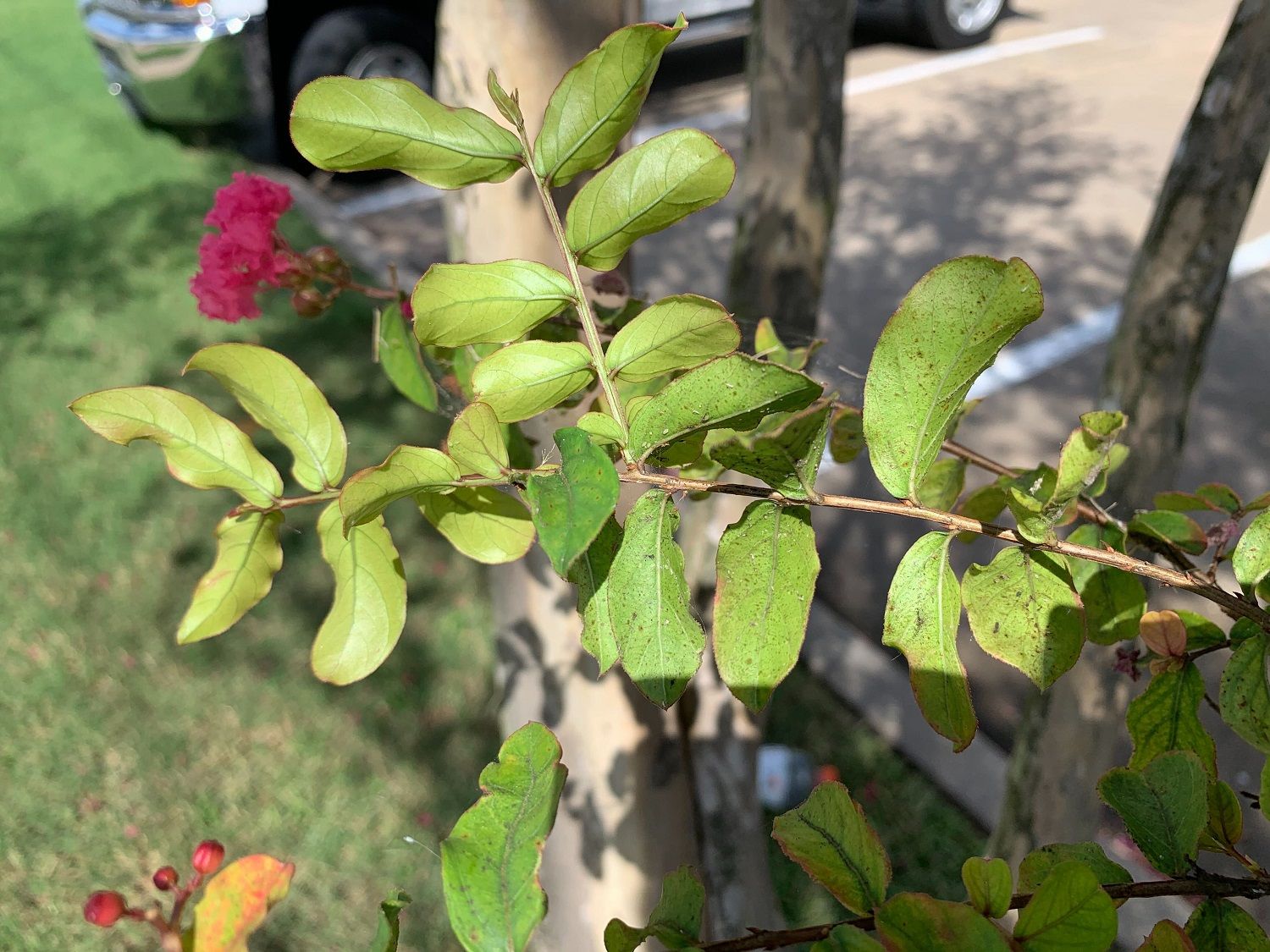
If you have crape myrtles on your Flower Mound, Highland Village, or Lewisville, Texas property, then you’re probably already aware of the threat that crape myrtle bark scale can pose to your beloved trees. These pests don’t always kill the trees, but may reduce their vigor, flower production, or even size. The last thing that you want is to have the beauty of these trees ruined by this invasive pest.
Because we want to help you have the best property on the block—and we don’t want you to see any of your trees fall into an unhealthy state—we’ve rounded up some helpful information that will guide you in understanding what you might be dealing with.
Crape myrtle bark scale, also referred to as CMBS, are a small white or gray insect that was introduced from Asia to Texas in 2004. Since then, it has spread rapidly through the South.
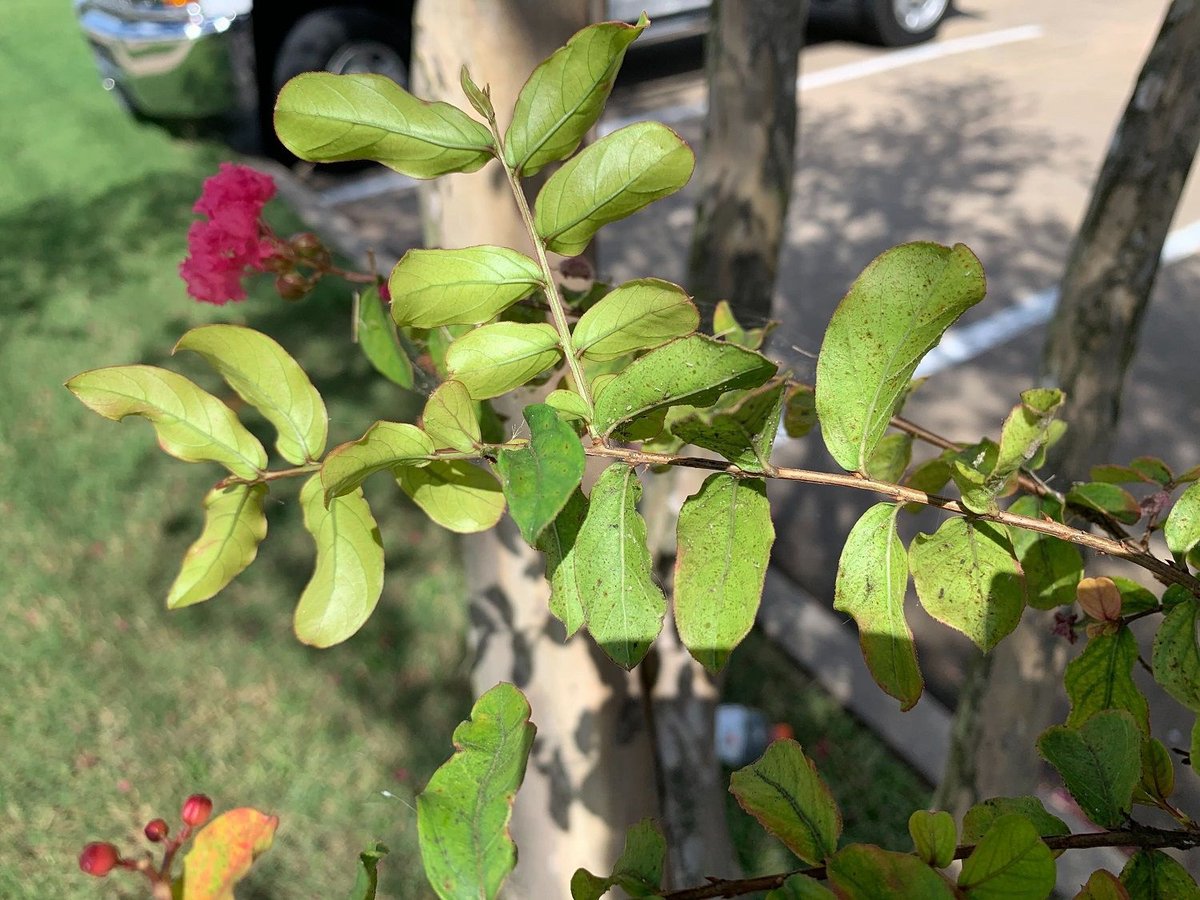
CMBS infestations appear as white or gray waxy growth on the stems, twigs, and trunks of crape myrtles. They are less likely found on foliage. These scale use their piercing, sucking mouthparts to feed on the plant and in the process, excrete a sticky substance called honeydew. It’s not uncommon for black sooty mold to grow atop the honeydew and is often one of the first visible signs that homeowners see. The black sooty mold could cover all of the foliage, branches, and even trunk of the tree.
Of course, aphids also excrete honeydew and therefore cause black sooty mold. But CMBS is easy to differentiate. Closely examine the affected areas, seeking out these white or gray-looking pests. They are definitely visible to the eye.
Unfortunately, CMBS proliferates quickly.
Each female lays between 60 and 250 eggs, which may overwinter and then hatch between April and May. Nymphs hatch from eggs and start off as a highly mobile pest called “crawlers.” A second peak in crawler activity usually occurs in late summer.
CMBS may be able to overwinter in the adult female and egg life stages. Even crawlers (early and late stage) have been observed overwintering. That means that in a single year, at least 2 generations of CMBS could be present on your tree. This can make it a difficult pest to battle.
The good news is that crape myrtle trees are difficult to kill and therefore will often survive even a significant infestation. The bad news is that these trees start to look pretty beaten up. All of the limbs may turn black and the beautiful vigor and color may fade.
Fortunately, there are solutions.
For one, the sooty mold can be washed off manually. You can take something as simple as some detergent soap and a scrub brush and start washing. This will help the tree out.
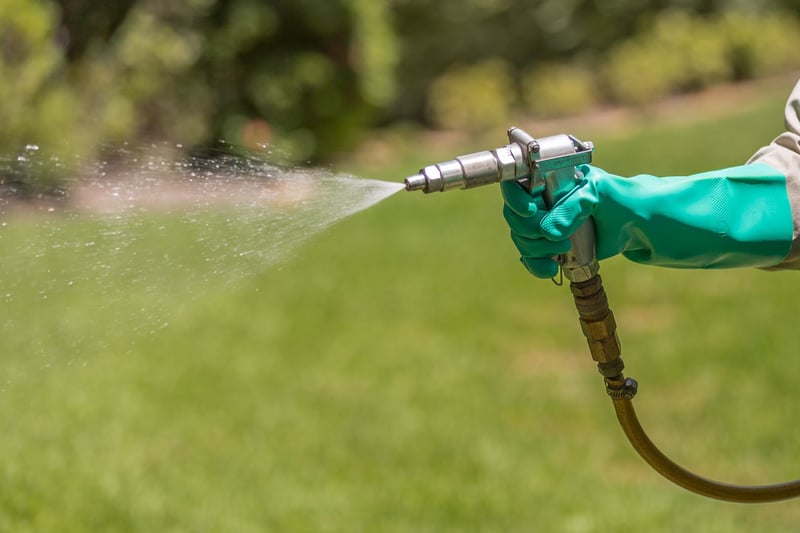
But we can also take an approach that includes spraying scale insects with a professional mix that specifically targets the CMBS, while letting the beneficial insects continue to roam. The last thing that you want is to hurt those beneficial insects that help feed on the unwanted pests.
We’re taking a systemic approach where we’re using a drenching application at the root level. This helps to control pests “systematically,” or, “from the inside out.” But we can also incorporate foliar applications where we are spraying the foliage itself. We have specialized spray guns that allow us to reach the high limbs.
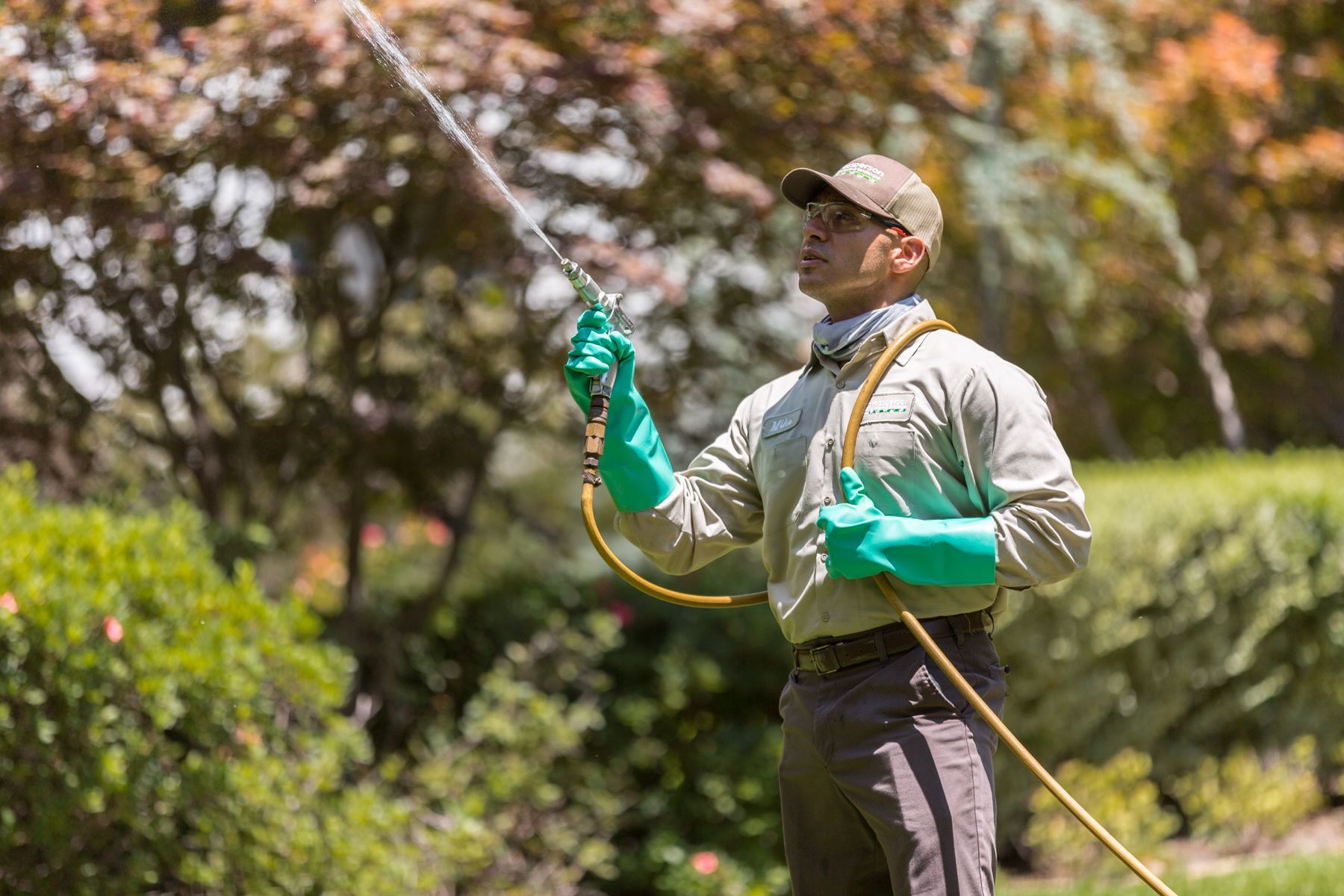
It’s important to mention that although people often ask us about preventing crape myrtle bark scale, you really can’t prevent them.
However, we are spraying for scale between 2 and 4 times a year, depending upon your specific circumstances, which is basically as “preventative” as we can get. It’s treating them early and before the infestation gets bad, so in that sense, it’s preventing major problems.
There’s no question that CMBS can be a major frustration. But it’s just one of many potential problems that could arise in your landscape. In fact, there are even other types of scale that can impact your plants’ health.
This is why it’s so important to work with a professional. Caring for a landscape takes a good amount of experience and knowledge including not only identifying specific pest problems but other concerns that can arise as well.
You want to protect your valuable plants from a multitude of potential problems and the answer to that is implementing Plant Health Care.
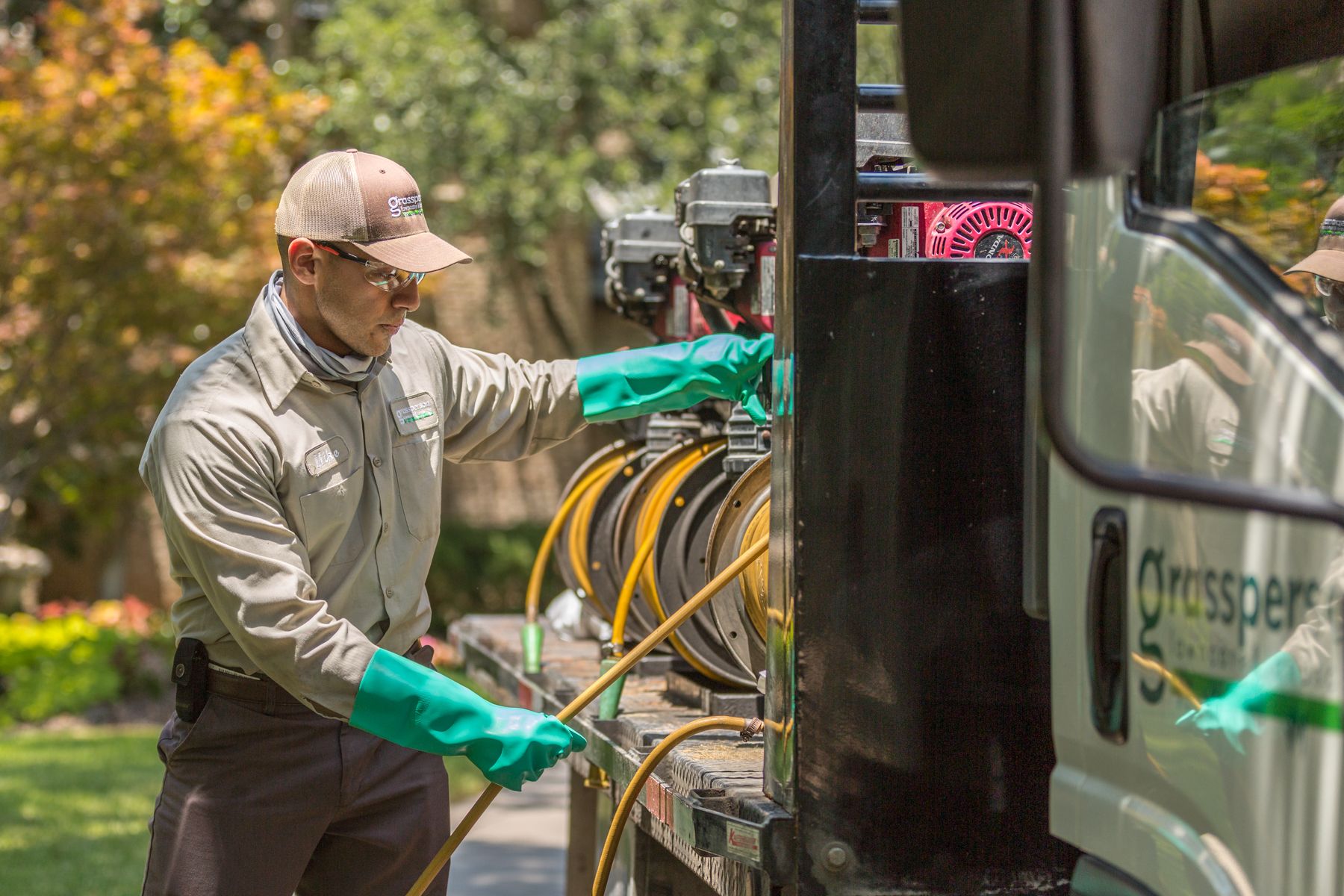
At Grassperson, we’re focused on preventing the problems that we can and treating swiftly for problems that we cannot prevent. By having a close eye on your property, you can rest assured that we’re tackling plant concerns before they get serious. In the end, that means that you can feel confident that not only are your crape myrtles protected, but so is your landscape as a whole. When it comes to having the best property on the block, that should give you valuable peace of mind.
Ready to gain confidence that your crape myrtles and other plants are being protected at your North Texas home? Get a free quote and get ready to have the best property on the block!
These Stories on Landscape